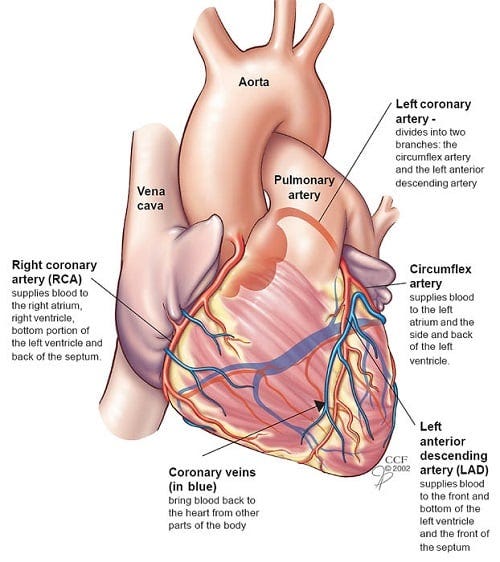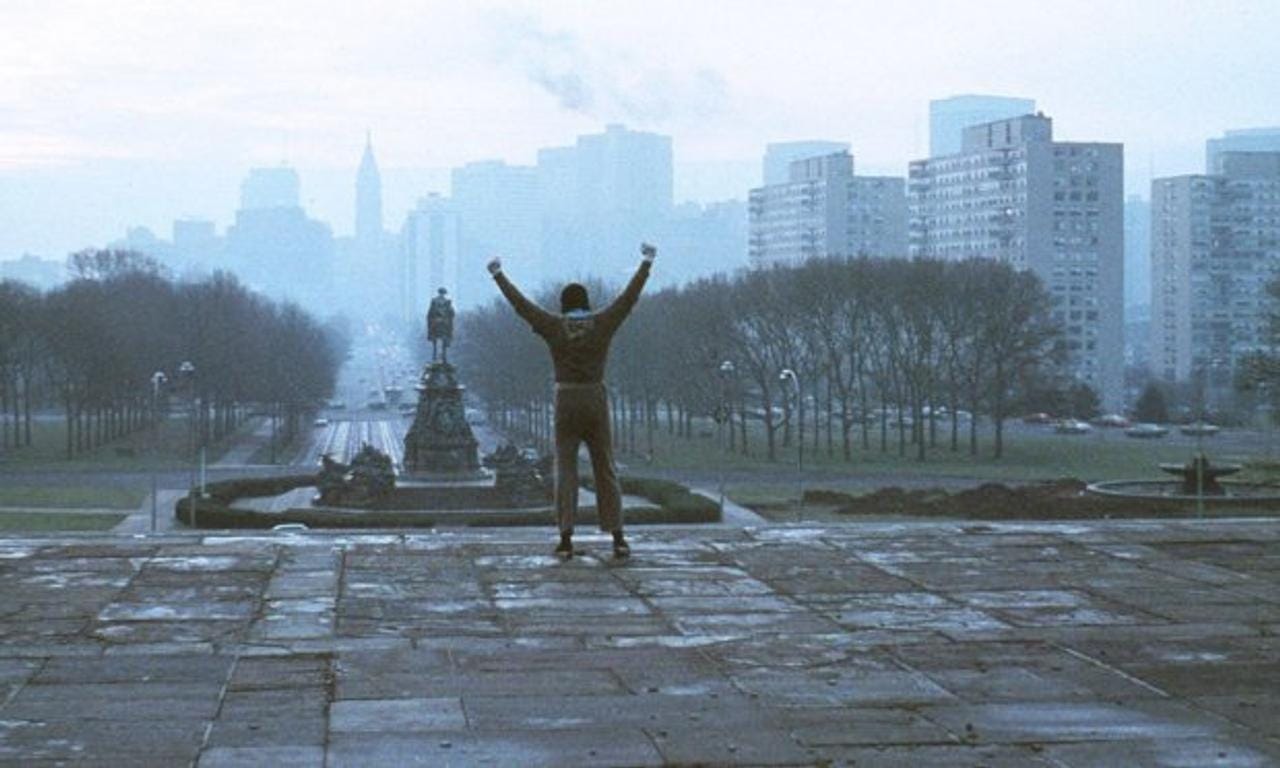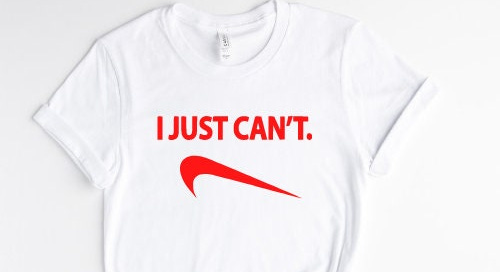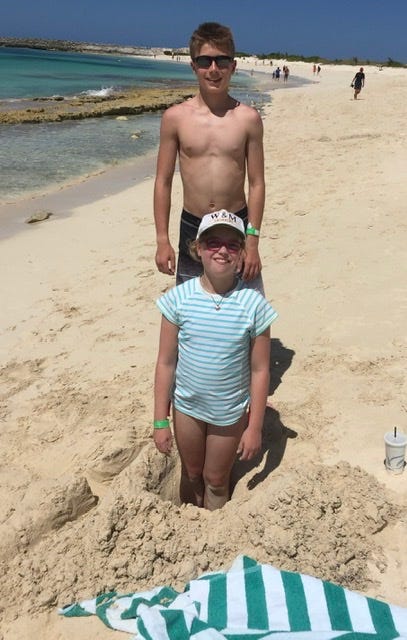#8: Then and now.
How I’ve learned to let transformation unfold… rather than it being an uphill struggle.
“People overestimate what they can do in one year and underestimate what they can do in ten years.” - Bill Gates (or someone else smart).
As we come into the new year (holy cow, here we are!), a lot of us are thinking about what we want to change. What we are striving for, working towards, transforming into.
So much effort. It makes me twitchy just thinking about it.
The popular narrative is that good things require hard work. Keeping your eye on the prize. Putting one foot in front of the other. Digging deep and persisting. In many situations, I think that’s a good strategy… but not in all aspects of life.
First of all, life is too mysterious for there to be only one way to do anything.
Second of all, since my husband passed, I’ve learned that sometimes there isn’t enough willpower in the world to keep trying…

But even without effort, there is change. Even without planning, there is growth. Even good growth. Even the type of growth we were barely allowing ourselves to hope for.
So today, I want to offer a personal story that illustrates another approach to transformation, to change, to healing.
One that mimics gravity with its inevitability... especially once it picks up momentum.
That was then.
My late husband Mike was a doctor-interviewing dad. He came to all pediatrician appointments — never missing a single one — with a notepad full of questions. He’d maybe let the physician get through the first five minutes of the exam before completely taking over.
We had to swap out pediatricians more than once because not all doctors like to be questioned on medicine dosages, impact to future height, potential side effects, clinical trials, and more…
Eventually trial and error — plus a measure of serendipity — brought us to our beloved pediatrician, Dr. A. Every year, the four of us would jam into the tiny exam room, making jokes and laughing while Dr. A gently questioned and examined the kids.
Another ritual that went utterly unnoticed until it disappeared.
Two months after Mike died, we headed to our yearly appointment. Three of us instead of four.
A nurse did the usual weighing and measuring of the kids, a rudimentary eye exam, and a hearing test with the 1950’s-style clunky headphones sticking off their small heads. Raise the arm when you hear the beep!
Then she ushered us into the tiny exam room.
Dr. A arrived.
“Hello Deagles! How are you all, so nice to see you!” He said with his trademark warmth and enthusiasm.
Taking in the room, his brow furrowed.
“Where’s dad?” he asked.
We had all been in our own heads, for the millionth time discovering and processing a hole in our lives where Mike had always been. Where he should still be.
I began, “Well, Dr. A, we have some very sad news. Mike died in November of a heart attack.”
Dr. A’s eyes widened. He took the three of us in with our sad-sack faces and slumped shoulders.
“I am so, so sorry. You must miss him so much. How are you kids doing?” He said.
The kids responded with their rote “ok”. Dr. A gave their knees a squeeze and gave me a compassionate half-smile.
We proceeded with our exam. Dr. A worked his magic and even made us laugh a little.
“Mom,” he said to me, “I would like you to take Connor and Kendall to the pediatric cardiologist to do a sonogram on their hearts to make sure they are structurally sound. I don’t anticipate any problems but let’s do this out of an abundance of caution.”
He wrote me a referral, I made the appointment, and six weeks later we were having another new experience — a cardiologist visit for a 12- and 14-year old.
This exam room was much bigger, yet we clumped together like barnacles on a sea wall, the crinkly white hygiene paper on the exam table announcing our smallest fidgets to the entire room. We talked about nothing as we waited for the door to open.
In walked a raven-haired doctor, her Irish lilt gently filling the room.
“So what brings the three of you here?” she said brightly.
I opened my mouth.
No sound came out.
Sometimes feelings build slowly over minutes or hours or days. Sometimes they rush in all at once like a pipe broke and suddenly you’re overflowing.
A combined sense of dread and sadness bloomed in my chest, spreading quickly to my throat. I had experienced a thousand combinations of emotions since Mike died but this one was new.
Past loss that was still taking up the majority of the space in my heart and mind, now combined with the potential of future loss looming on the horizon.
What if something was wrong with one of the kids’ hearts? What if these canon-balling, somersaulting, scooter-riding beings were going to be restricted by whatever we might find? How could they take another blow and survive?
I was completely undone in that moment.
The kids sensed my pause was getting a little too long.
Kendall broke the silence. “Mom, do you want me to tell her why we are here?”
I nodded stiffly.
“My dad died of a heart attack four months ago. Our doctor wants you to check out our hearts to make sure there is nothing wrong with them.” She said bluntly. Kendall was not in the business of shielding anyone’s feelings from her loss. This was a grown-up, she should be able to hack it.
The sweet Irish doctor nodded.
“Ok, then that is what we shall do.” She calmly said. “And I am so very sorry for your loss.”
The kids were set up in the exam room, and the same sonogram technology the obstetrician used when they were tiny beings in my belly was now deployed to look into their hearts. Cold, goopy gel followed by the sono wand was rubbed all over their chests and up under their ribs. It was uncomfortable and lengthy.
Contrary to my catastrophizing, all hearts were deemed healthy and fine. We went on our way having dodged another horrific blow, but still feeling as if salt had been rubbed in our very raw wounds.
What else could we do?
This is now.
Five years later, Kendall and I are back at the pediatric cardiologist. Another precautionary measure — Dr. A orders an EKG for any patient who had COVID and Kendall came down the virus earlier in the year.
We chitchat in the waiting room, watching moms and dads with tiny babies and wriggling toddlers waiting all around us. At 16, Kendall looks like an Amazon in the land of the munchkins next to the other children.
Soon we are shown to an exam room. The nurse applies tiny, sticky circles on Kendall’s chest, attaches them to long wires, and takes the x-ray.
We wait in the exam room for the results, talking about her party plans that night, gossiping about what her friends are up to. There are medical diagrams papering the walls. Cross-sections of skeletons, mazes of blue and red veins, and hearts. Massive drawings of pulsing hearts. All around us.
“So tell me again what happened to daddy’s heart?” Kendall asks.
I stand up and pick one of the diagrams, tracing the left anterior descending (LAD) artery with my index finger. The one that was blocked. The one that caused his death.
“This is the ‘widow maker’ artery.” I say. “This is where a piece of plaque blocked it and why they could not restart his heart.”

She comes up next to me and, shoulder to shoulder, our long blonde hair falling forward like golden veils around our faces, we lean in and look at the bright, detailed diagram, tracing the LAD artery with our eyes. Discussing matter-of-factly the physiological reasons Mike — my husband, her father — is no longer here.
The failure of a particular human heart to keep on beating...
We hear the door handle turn as the nurse re-enters the room.
"Everything looks great, here's your print-out." she says.
Our own hearts light, we leave the office and continue on with our uneventful day.
In conclusion.
The smallest of vignettes — a few seconds in a doctor’s office — show the transformation we have undergone. A transformation we could not track on a timeline with milestones and achievements.
No one would compare this journey with that of a persevering underdog becoming a champion — our progress was rarely either apparent or intentional.

Nor would they compare it the phoenix rising from the ashes in an awe-inspiring instant. It took years. And from the outside likely didn’t seem miraculous.
But maybe we’re just numb to certain miracles because they surround us.
Maybe even live inside of us?
With all our conscious strength tied up in just getting through the day, any forward progress was thanks to an unconscious impetus.
Like how a dormant seed survives the winter and blossoms in the spring.
Luckily we don’t have to understand how it works… It’s going to work its magic anyway.
So, in addition to setting resolutions today, what if you take a moment to reflect? Look back and see how far you’ve come. In subtle ways, internal ways, foundational ways that have quietly changed everything…
To your transformation,
Sue






